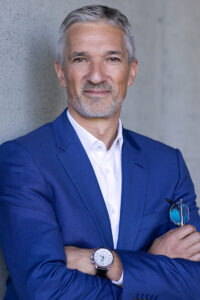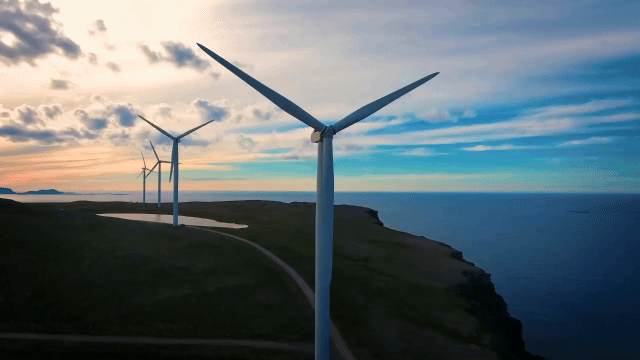
At the end of 2023, renewables represented over 30% of global electricity for the first time. And peak emissions in electricity are now likely behind us (Guardian, May 8). Clearly, progress over the past years in renewables expansion and the electrification of transport and heat has been nothing short of spectacular.
That said, renewables must grow to 60% of global electricity by 2030 if the agreement struck at the UN’s Cop28 climate change conference in December is to be met. This could be a challenge. There are signs that speed is slowing as a result of supply chain bottlenecks, higher interest rates, and a wind industry struggling with increasing exposure to warranty provisions for ever larger turbines (FT, May 20).
With regards to the overall global energy demand, fossil fuels still represent 80%. And the tone in big oil is no rush (Shell just announced its continued focus on LNG while reducing decarb ambitions) despite the IEA’s 2023 forecast that oil will peak before 2030. Recent headlines suggest that “the hydrogen hype is over” (Breaking down Europe’s hydrogen hype, Bloomberg, May 17 or, How the hydrogen hype fizzled out, FT, May 20).
Also, electric vehicles are facing bumps in the road ahead. And the plug-in hybrids, that were already buried, have become the fashion of the coming months. Battery costs, a patchwork charging infrastructure and range anxiety are still the main blockers for a more rapid expansion of battery-electric-vehicles.
Where to focus our energy on Energy
What to make of these mixed signals and where to focus now? Some slowing signs simply illustrate the moderation of a maturing industry with more rationality and cycles, where focus on clear priorities and pathways separates the wheat from the chaff.
Does it really come as a surprise that we will neither heat nor drive our cars with hydrogen in any foreseeable future? Especially in competition with (cheaper and more energy efficient) electric alternatives? True, higher electricity prices and higher interest rates also bite the production of sustainable aviation fuels (SAFs), shipping fuels or fertilizers. But in these areas, there are simply no better alternatives (at scale) if we are to decarbonize. Focusing on such priorities will deliver the next phase of real decarbonization, rather than fueling the hype.
Similarly, on the electricity side, we must expand our view beyond counting the additional TWh produced by renewables and consider a context where the electricity demand is growing faster than ever. As a rule of thumb, for one $ invested in renewables, we need another $ in grid and system flexibility. 60% of the latter must be at distribution grid level. If the sun is the fastest roll-out energy, if electric vehicles and heat-pumps are the easiest areas to electrify, we must invest in infrastructure that enables rapid progress in these areas.
Connection of roof top solar, EV charging stations or heat pumps happens in distribution grids. These have not been built to absorb production, nor have they been built for greater capacity and flexibility requirements. Such additional load and supply cannot be effectively managed through traditional grid reinforcements. As take-aways from Emerald’s latest Sprint on the topic, new flexibility measures can solve up to 70% of the peaking issues in low voltage grids and save between 30%-80% of grid expansion costs. An exciting wide range of solutions is under development and implementation. It deserves our full attention and push.
I see these mixed signals of progress / not-enough progress as a much-needed wake-up call to focus. Beyond just more renewables or all-encompassing hydrogen visions, we need to focus on the systems, tech and infrastructure that will make renewables and clean energy sources viable at scale. Only this can deliver the next phase of the decarbonization and energy transformation.
More from Emerald on Energy:
More carrots for the energy transition – an interview with Gerry Protti & Charles Vaslet
Emerald welcomes Taranis Investment in its energy fund as a limited partner
